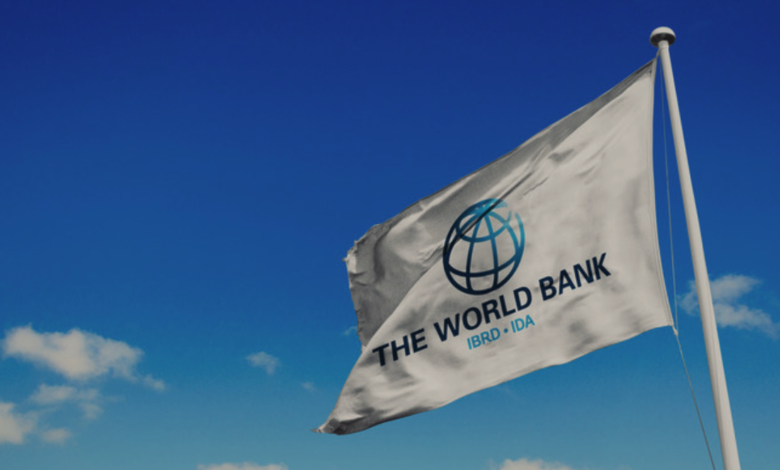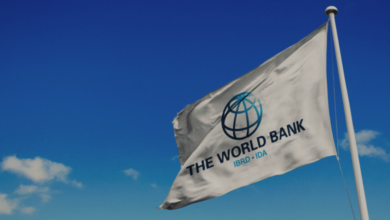World Bank: 2 Billion people in developing nations lack adequate social protection

Despite decades of international development efforts and significant financial investments in social safety nets, about 2 billion people in low- and middle-income countries (LMICs) remain without adequate social protection coverage.
This alarming statistic is highlighted in the newly released World Bank’s State of Social Protection Report 2025: The 2-Billion-Person Challenge, which outlines a persistent global gap in social protection systems, especially in lower-income economies.
The authors of the report wrote, approximately 1.6 billion people in low- and middle-income countries live in households that neither receive any form of social protection benefit nor contribute toward future benefits such as pensions or health insurance.
“An additional 400 million people live in poor households that receive some benefit, but not enough to meet their needs. In relative terms, the coverage gap is particularly pronounced in LICs and lower-middle-income countries (LMICs), where social protection either misses or inadequately covers more than 80 percent and 30 percent of the populations, respectively,” the World Bank noted.
Slow Progress Threatens Development Goals
Despite some incremental improvements, the report notes that progress remains sluggish relative to the scale of need. On average:
- 75% of people in LICs receive no benefits of any kind from social protection systems.
- 58% of the population in LMICs remains uncovered.
- Social insurance programs, which include pensions, unemployment insurance, and health coverage, reach less than 2% of LIC populations and only 8% in LMICs.
In contrast, upper-middle-income countries (UMICs) have made more headway, with about 26% of the population receiving social insurance benefits.
Timeline for Universal Coverage Remains Distant
At the current rate of expansion, the World Bank projects that:
- People living in extreme poverty in LMICs will not be fully covered until 2043.
- The poorest 20% of households in these countries won’t achieve full coverage until 2045.
These projections highlight a pressing need for accelerated reforms and targeted investment in social protection infrastructure.
Implications for Global Development
The continued exclusion of billions from adequate social protection systems has broader implications for achieving the Sustainable Development Goals (SDGs), especially those related to poverty eradication, inequality reduction, and decent work.
Analysts warn that without robust and inclusive safety nets, vulnerable populations will remain exposed to economic shocks, climate crises, health emergencies, and conflicts, widening global inequality and threatening long-term development gains.
What This Means for Nigeria and Other African Economies
For countries like Nigeria, which fall into the LMIC category, the findings point to the urgent need for comprehensive social protection reforms.
The federal government says it is targeting 16 million poor and vulnerable Nigerians with social protection services.
It is estimated that about 90 million Nigerians are poor with need for social protection.








